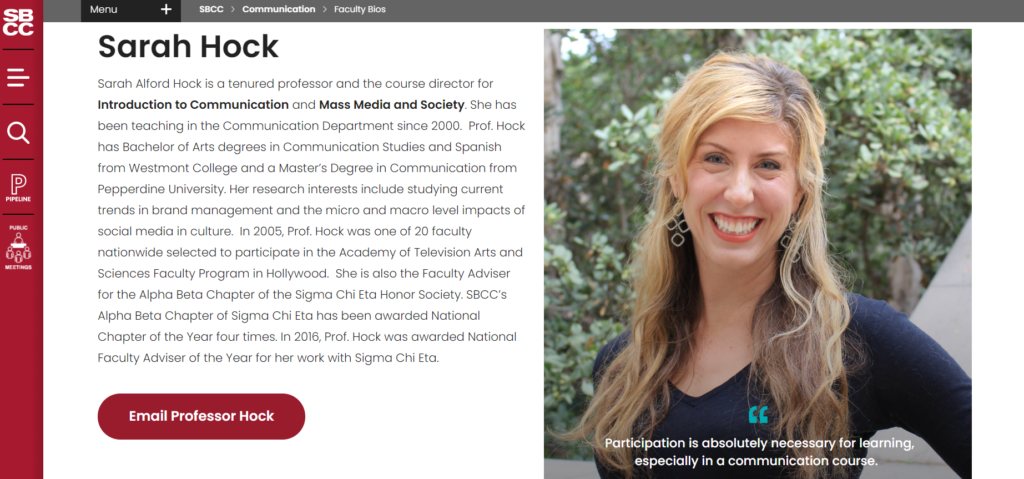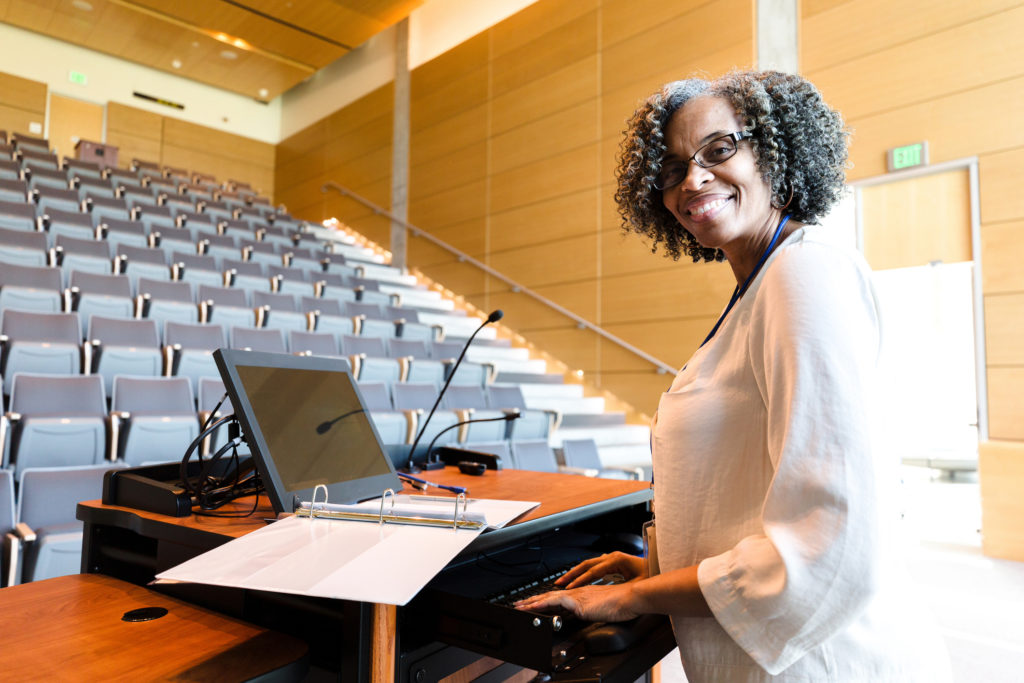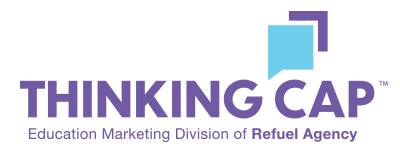While many higher education institutions offered at least some online classes, most were unprepared for the rapid shift to remote learning this past March. And back in March, few in education marketing would have predicted that we would be approaching a fall semester in which remote and hybrid learning solutions were still our reality.
To enrollment marketers, this poses a challenge. Many of our standard selling points for prospective undergrad and adult learner students — from campus life, to events, to clubs, to the geography of your school — are no longer selling points. Education marketers need to be able to pivot quickly in order to boost fall 2020 enrollments and move forward.

Education marketing has changed… because, at least for now, the product has changed
Enrollment marketers’ jobs have changed, because the product being marketed has changed. The in-person and community appeal of higher education institutions has largely been removed in the transition to remote learning, leaving schools with their very core value proposition: higher education itself.
So considering the fact that higher institution’s product details have, at least temporarily, changed — what should your enrollment team be marketing?
What should education recruitment marketers be marketing?
Hybrid learning solutions
Many colleges are implementing hybrid learning solutions that are focused on providing the best learning environments for their students.
Bowdoin College, for example, is allowing first-year undergrad students as well as special circumstance students (like those unable to learn from home or seniors completing their theses) to return to campus in the fall while sophomores, juniors, and seniors learn from home until the spring. Stanford University is using a half-campus model, planning to rotate students through the campus, with half the student body attending the first quarter, and the second half attending during the second quarter.
Improved remote learning solutions since spring

Nothing is perfect on the first try. And this spring certainly wasn’t perfect. Classes moved from in-person to fully online in a matter of days (the average institution moved 500 classes online), so there was truly no time to iron out all the imperfections.
And according to recent surveys, it showed. Many students expressed dissatisfaction with their distance learning experiences. But don’t get discouraged, because there’s more to the story than that.
If you take a closer look, not all classes were the same. Students were more engaged and satisfied by courses that encouraged engagement and learning through specific strategies. These strategies include:
- Live sessions for asking questions/participating in discussions
- Real-world examples
- Recorded lectures
- Frequent quizzes
- Live lectures by the instructor with the students watching
- Videos from external sources
- Personal messages from the instructors
- Assignments having you express what you learned
- Breaking course activities into shorter pieces
- Group projects
- Breakout groups during a live class
Additionally, a recent report from the Changing Landscape of Online Learning says that 78% of online leaders experienced success with their online learning programs and were able to keep their students on track.
It’s a new semester, and students want to see that you’re listening to their feedback and providing the kind of education that they’re paying for. What did you learn from your transition to remote learning this spring, and where is there room for improvement? Communicate these takeaways and next steps with enrolled and prospective students.
Your faculty and staff

Your faculty, now more than ever, are a vital part of your institution and its marketability. They are, after all, who will be facilitating your students’ learning experience for the next semester. The loss of campus life and fellow students as a selling point can partially be buoyed by the access you provide to your faculty’s knowledge and mentorship through distance learning.
So how can you include your faculty in your education marketing strategy?
First, take the faculty bios on your website seriously. This is a space that showcases the knowledge and accomplishments of your faculty, where students can get to know who they have the opportunity to learn from. Here’s an example of a faculty bio from Trinity University.
Additionally, this faculty bio features a video that not only lets you get to know the faculty member being profiled, but introduces you to the department in which they work and the facilities they provide.
You can also feature your faculty members in communication with prospective students. Utilize the faculty members who already have an online presence. And make sure to capture what faculty have already done — their research, publications, public talks, etc. — and share that with prospective students.
A sense of movement and progress
Granted, the future is uncertain. But we are only in the beginning stages of how COVID-19 has changed the landscape of our world and academic environment. Focus on innovation and solutions, and provide students with a sense that you are moving forward.
The long-term value of a degree from your institution
As you know, the value of an education spans far beyond the years students spent on a campus. Emphasize your alumni networks, your internship opportunities, your career counseling, your mentorship opportunities, and all the other benefits that come with a degree from your institution.
While distance learning may remove aspects of the “college experience” in the short-term, remind them of the value of your institution long-term. Make students aware of all the resources you still have to offer.
Your innovative solutions
This disruption we’re facing is no small obstacle, and its long-term repercussions are still largely unknown. Short-term solutions might not be the best options — especially short-term solutions that create more work for faculty and staff and are unappealing to students and their families.
This article from Inside Higher Ed proposes a few ideas that go above and beyond standard solutions. One idea is quarantined residential learning communities, in which, after isolating for two weeks, small groups of students and faculty can begin to live and learn in small communities. Another idea is large, online interdisciplinary classes that could be split between professors and which would allow students a greater sense of collaboration, as well as the opportunity to split off into smaller groups.
Putting your people first

We’re in the middle of a truly unprecedented time, one in which it’s more important than ever to put the well-being of all our stakeholders first. Seek to offer support, understanding, and resources as we all navigate this together.
As Maya Angelou said, “I’ve learned that people will forget what you said, people will forget what you did, but people will never forget how you made them feel.”
Are you ready to boost your fall enrollments? Contact Thinking Cap Agency today.




